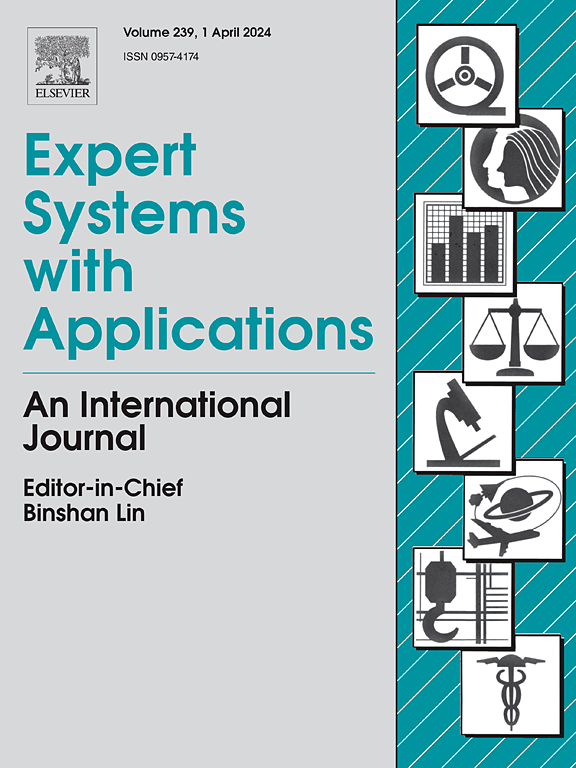Research on speech synthesis technology based on Tibetan rhythmic features
IF 7.5
1区 计算机科学
Q1 COMPUTER SCIENCE, ARTIFICIAL INTELLIGENCE
引用次数: 0
Abstract
Text-to-speech(TTS) synthesis technology is one of the core technologies in the field of human–computer interaction, playing an important role in this area. This article starts from the theory of Tibetan grammar and the phonetic characteristics of Tibetan language, and designs a rhythm boundary automatic annotation method for Tibetan text and acoustic features based on the phonetic characteristics of Tibetan language. By predicting the rhythm structure hierarchy through a rhythm prediction model, and after modeling Tibetan rhythm on the acoustic model, the Tibetan synthesis model based on the improved Tacotron2 is constructed to obtain the final synthetic Tibetan speech. Experimental results show that the deep model for Tibetan speech synthesis, which utilizes Tibetan rhythm features, can further improve the naturalness and comprehensibility of the synthesized speech.
求助全文
约1分钟内获得全文
求助全文
来源期刊

Expert Systems with Applications
工程技术-工程:电子与电气
CiteScore
13.80
自引率
10.60%
发文量
2045
审稿时长
8.7 months
期刊介绍:
Expert Systems With Applications is an international journal dedicated to the exchange of information on expert and intelligent systems used globally in industry, government, and universities. The journal emphasizes original papers covering the design, development, testing, implementation, and management of these systems, offering practical guidelines. It spans various sectors such as finance, engineering, marketing, law, project management, information management, medicine, and more. The journal also welcomes papers on multi-agent systems, knowledge management, neural networks, knowledge discovery, data mining, and other related areas, excluding applications to military/defense systems.
 求助内容:
求助内容: 应助结果提醒方式:
应助结果提醒方式:


